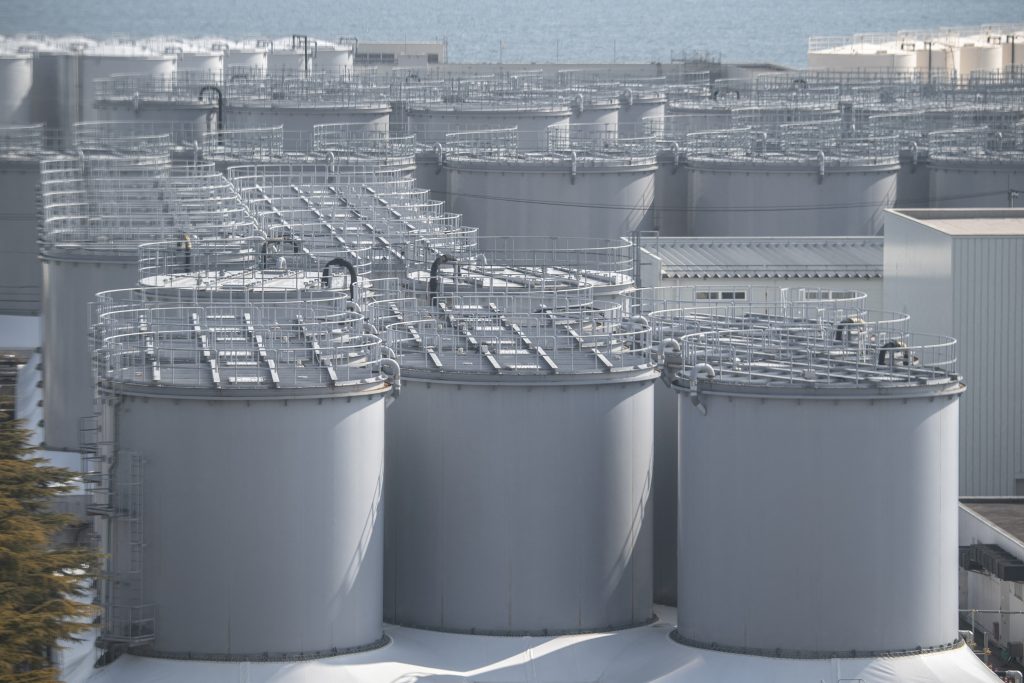
- ARAB NEWS
- 15 Jul 2025

TOKYO: Japan on Friday decided to start releasing treated radioactive water into the ocean from Tokyo Electric Power Company Holdings Inc.’s Fukushima No. 1 nuclear power plant around spring or summer.
At a meeting of relevant cabinet members, the government also revised its action plan, originally adopted in December 2021, to prevent reputational damage on fishery and other products from the water release from the northeastern Japan plant.
In addition, the government confirmed a policy of setting up a 50-billion-yen fund to help fishers to continue their operators.
The government adopted its basic policy about the water release in April 2021, saying that the operation would begin in about two years.
The government will start the release after a planned undersea tunnel to discharge the water is built and the Nuclear Regulation Authority finishes advance checks on the facility.
“We will take all possible measures to ensure safety and prevent reputational damage, listening to concerns of fishery operators and other locals concerned and carefully explaining details of the support measures,” Chief Cabinet Secretary MATSUNO Hirokazu told the meeting of cabinet members.
The government earmarked necessary funding for the 50-billion-yen fund in its fiscal 2022 second supplementary budget enacted last month.
The fund will be used to help fishery operators find new fishing grounds and reduce fuel costs to tide them over expected long-term effects of the water release.
The government has promised not to proceed with the water release without the understanding of all people concerned. It hopes to win support from fishery operators also by utilizing a 30-billion-yen fund to buy fishery products whose prices declined due to reputational damage from the water release.
At the Fukushima No. 1 plant, which suffered a triple meltdown following the huge earthquake and tsunami in March 2011, radioactive water keeps increasing due to operations to cool damaged reactors and inflows of rainwater and groundwater into damaged buildings.
The contaminated water is treated through cleanup equipment and stored in tanks. The government and TEPCO decided on the release of the treated water as the storage tanks are approaching full capacity.
Before releasing the water, the government and TEPCO plan to dilute it with seawater to reduce the concentration of radioactive tritium, which the cleanup equipment cannot remove, to less than one-40th of the level meeting the state-set safety standard. The diluted water will be released into the ocean at a point about 1 kilometer off the coast.
The monitoring of radioactive materials in the sea will be carried out in a wide area to confirm the safety.
If fishery operators are hit by reputational damage, TEPCO will pay compensation based on standards for fishery, tourism and other sectors announced last month.
At the Fukushima No. 1 plant, radioactive water is generated at a pace of some 130 cubic meters per day. The government announced a target of reducing the amount to 50 to 70 cubic meters by fiscal 2028 including by paving the ground around the reactor buildings.
JIJI Press